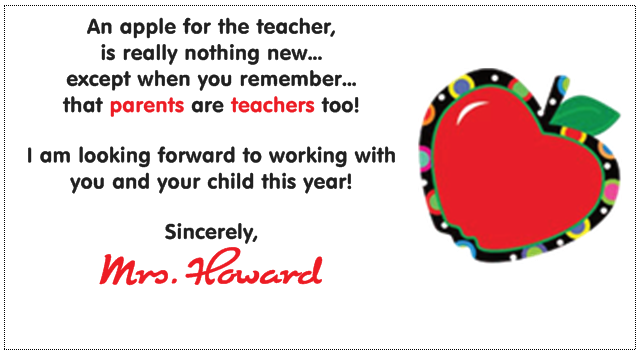Chapter 3 of Minds on Mathematics considers the tasks that we assign to our students and seeks to answer the following question:
The opening story of seventh graders rolling dice, determining the product, and if that product is even or odd seems below grade level. Grade level aside, Hoffer refers to the task as shallow math where "learners are expected to memorize algorithms and apply them, complete hunt and copy exercises, plug and chug numbers without considering the questions: So what? Why are we doing this? What does this number or equation or concept really mean?" (p. 33-34). Hoffer suggests that we should move from shallow math to deep math.
As in chapter one, Hoffer tells a story of spending an entire lesson on one problem. While the story she tells of the deep discourse her students had with a task on parabolas, seems like a math teachers dream, I am still a bit skeptical. I understand the idea of moving from concept coverage to student understanding. I'm kind of at my own "yeah, but..." here. Where do you find these engaging, thought-provoking tasks? If you spend the entire class period only exposing students to one task, how are you sure they can apply their understanding on a different task that addresses the same learning? If every student doesn't understand after the one task, when does remediation take place? Now, though, I feel like I am missing the point. I'm forgetting about the minilesson and the reflection which I am sure are integral parts of the overall workshop/lesson. I need to keep in mind that this chapter is only defining tasks, not necessarily giving us how to use the tasks in the context of math workshop.
So, it is suggested that shallow math, as well as deep math, can be found in the resources that we already have available to us. "...the really juicy tasks are often printed at the tail end of each chapter, and too often we 'run out' of time for them" (p. 39). Those good tasks are also often the extension activities. In this respect, teachers have to be willing to break away from the prescribed order of things and pick out the ideas that students really need to understand.
A few things come to mind for me here. In Texas, our math standards have been labeled as either readiness or supporting. Readiness standards make up about 30% of the curriculum, but almost 70% of the state test. If students understand the readiness standards, they should be able to complete anything related to the supporting standards. Therefore, when looking at big ideas of a unit, I have started to look at how readiness and supporting standards are related and relate them to an enduring understanding that is essential for students to learn.
Another thing I have considered recently is essential questions. I know this is not something new, but it is not something I've practiced in the past. I have started to try and flush out what do I really want my students to be able to know, understand and do.
- Know being memorization type items like vocabulary and formulas
- Understand being those big ideas and essential questions that I want students to have the ability to apply in new situations
- Do are the processes
The "know" and the "do" are easy (which is why I think many teacher teach the way they do). The understand takes considerably more time, thought, and effort. To help me think more about what I want my students to know, understand, and do, I've adapted a unit overview form I found by Bill Ferriter that I feel does a great job of giving student and idea of what they are to learn.
- resequencing existing tasks
- modifying existing tasks
- finding better tasks
I automatically went to finding and creating better tasks, but Hoffer offers places we may find them. I like the idea of using the challenging tasks that can often be found at the end of a unit or in the extension materials to launch a unit rather than an extension at the end for those students who finish their work. Hoffer also suggests setting a small goal of one to two tasks and to divide and conquer this with teachers on your team. She also provides ways to modify tasks you've found that aren't meaty enough, by increasing complexity, introducing ambiguity, synthesizing strands of mathematics, inviting conceptual connections, requiring explanation/justification, or proposing solutions.
I love blogging as I'm reading rather than at the end. Now, as I read the "Yeah, buts..." at the end of the chapter, I see that all my thoughts are there...
- Time is always an issue so start small.
- Not all students are ready for high cognitive demand, so offer ample scaffolding.
- How do you assess with one or two problems...these problems don't stand alone within the workshop.
I'm really looking forward to getting to the practical examples and logistics in the chapters to come.
Check out the book study link-up hosted by Sherrie @ Middle School Math Rocks!

.JPG)

.jpeg)

.JPG)

.JPG)
.JPG)


















